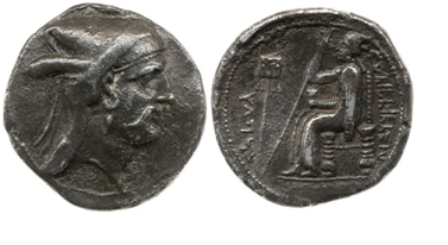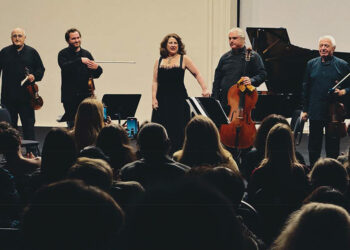Coins can reveal many details not conveyed by written or any other sources of the period. In many respects, Georgian coins are exceptional in showing the lifestyle of kings and queens. They also reflect the immersion of Georgia into the cultural and fashion trends of the time. Wearing the facial hair has been a continuous trend throughout the most of Georgia’shistory. As seen in coinage and the printed money, Georgians favored beard and mustache throughout the feudal period and after. Below are some examples from ancient period to modern times.
First come the coins of Bagadat, son of Biurat, duke of Klarjeti (Southwest Georgia). Second half of the 3rd c. B.C. (Obverse:Head of Bagadat, bearded, with moustache).
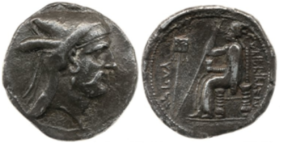
http://geonumismatics.tsu.ge/en/catalogue/types/?type=16
David IV’s (king of Georgia) copper coin, type – king in Imperial coat. 1118-1125 (Obverse: Bust of bearded king in Imperial coat).
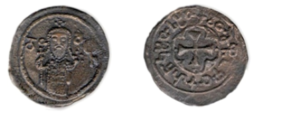
http://geonumismatics.tsu.ge/en/catalogue/types/?type=48
Coins of Giorgi III (king of Georgia) – king with falcon on hand. 1174 (Obverse:Bearded king in Asian-Byzantine dress).

http://geonumismatics.tsu.ge/en/catalogue/types/?type=66
Coins of Giorgi, king of Imereti (Western Georgia). I type. 1565-1585 (Obverse: head of bearded man in jewelled crown).

http://geonumismatics.tsu.ge/en/catalogue/types/?type=84
Similar to the trends in Europe, beard and mustache were fashionable in Georgia in the second half of the 19th c.-beginning of the 20thc. Prominent figures of this period arenowadays represented on printed Georgian banknotes (Niko Pirosmani – painter (1 lari), Zacharia Paliashvili – composer (2 lari), Ivane Javakhishvili – historian (5 lari), Akaki Tsereteli – poet (10 lari), Ilia Chavchavadze – writer and political figure (20 lari), Kaikhosro (Kakutsa) Cholokashvili – military officer and national hero (200 lari).


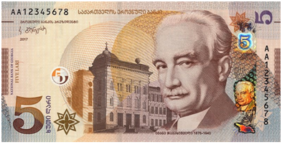
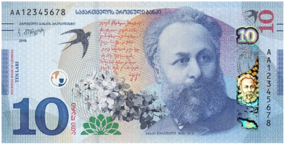


Tedo Dundua, Giorgi Dundua, Niko Javakhishvili, Ani Eristavi. Money in Georgia. Second Revised Edition. Tbilisi. 2003, pp. 163-167
https://www.academia.edu/31559754/Money_in_Georgia._Tbilisi._2003
By Prof. Dr. Tedo Dundua, Dr. Emil Avdaliani
Institute of Georgian History, Ivane Javakhishvili Tbilisi State University

